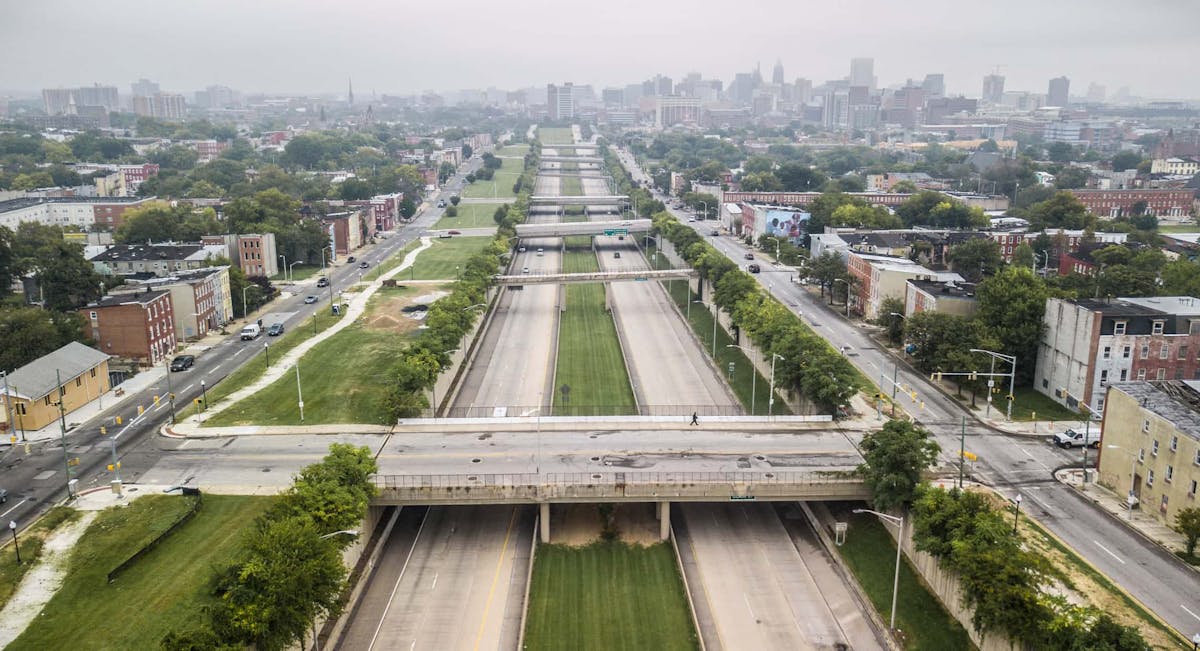Infrastructure is not neutral; case studies of communities decimated by highways


Making the case that infrastructure itself can be exclusionary is hardly straightforward. Many of the worst decisions in US planning were made decades ago to intentionally disenfranchise, marginalise and separate communities; policies such as redlining and “blight clearing” are well-documented embarrassments. But many decisions that segregated communities were unintentional. The stop sign and one-way street might seem benign, but they shape our lives in ways we sometimes don’t even realise.
Through focusing in on 5 case studies where communities have been obliterated by infrastructure decisions, the direct impact of highways and walls take on greater levels of meaning and urgency. The power of city planning also comes into greater consideration presently as the US takes on a massive infrastructure revitalization project.
"Too big to replace, too expensive to tear down", Miller emphasizes the importance of digging into the history of our country's development in order to understand past injustices, prevent future abuse, and address current issues as they stand right now.
An in depth look focuses on Detroit’s 8 Mile and historical Black Bottom neighborhoods, West Oakland in California, West Baltimore, and Jackson Ward in Richmond, Virginia. Arresting images of overlapping interstates where communities used to be reveal a truth many of us drive on in our everyday lives.
Please read Johnny Miller's full piece on how infrastructure decisions impact communities and are dir...
Hope Daley via Archinect - News http://bit.ly/2ENU0aP
Yorumlar
Yorum Gönder